Palmetto Bluff Real Estate Company Sales Office
Office Hours
Monday-Friday 9am - 5pm
Saturday 9am - 4pm
Sunday 12 - 4pm
Saturday 9am - 4pm
Sunday 12 - 4pm
Throughout May and June, my eyes were not to the sky as my wife and I were busy welcoming our own little songbird into the world. Thankfully, we had residents and researchers who observed the busy bird life around Palmetto Bluff during the early summer months.
The global big day is an international citizen science event run through the Cornell Lab of Ornithology that occurs in May, at the peak of spring migration. This year’s count was on May 14th, and it rewarded us with yellow-billed cuckoos, great horned owls, a bobolink, and the first hairy woodpecker documented at the Bluff in roughly ten years!
May was also the initiation of a new collaboration between the Conservancy and the Avian Research and Conservation Institute. This long-term study is looking at bird communities at Palmetto Bluff and will eventually expand to include bat and insect communities. If you are interested in learning more about this program, you can reach out to Lydia Moore at lmoore@pbconservancy.org for more details.
With only two months under our belt, there have already been some fantastic sightings during the surveys! Hooded warblers, orchard orioles, and yellow-breasted chats had not been documented at the Bluff since the old bird surveys conducted in the 2000s. A broad-winged hawk was observed, which is a migratory species that had not been seen at Palmetto Bluff in 11 years. Other species of note included indigo buntings, ovenbirds, loggerhead shrikes, Mississippi kites, and a least bittern.
Outside of research and citizen science, we were happy to hear about some of the other sightings throughout the Bluff. Roseate spoonbills returned in June after disappearing back in February. Spoonbills are becoming more of a year-round presence in South Carolina. Originally, the range for spoonbills was restricted to Florida and they have slowly been expanding northward. Fifteen years ago, a single spoonbill seen in South Carolina would have put every birder into a frenzy, now it is more of a normalcy. Black-bellied whistling-ducks are spending time along the Inland Waterway and making occasional visits to the ponds in May River Forest. What made me ecstatic these past few months was hearing that a leucistic bluebird was sighted again at the Bluff! This time, the white bird was seen at Longfield Stables, flying around the paddocks. I have no clue if this individual is “Blanca,” the leucistic juvenile seen in 2021, or a third individual calling Palmetto Bluff home. Regardless, I am glad to see them still around!

The breeding season is still going strong, but it will begin to dwindle soon. Juvenile cardinals can be seen bouncing around the woods. They have drab, brown plumage and gray beaks compared to the iconic orange beaks of the adults. Some bluebirds will be laying their last clutch of eggs as we approach the hottest part of the year. Last year, the Conservancy bluebird nest boxes seemed to have a lower hatch rate during the latter part of the breeding season, so I am curious if we will see a similar trend this year. This breeding season, the Conservancy launched a study looking at whether temperature affects hatching success in bluebird nest boxes. We are excited to see the outcome of this year’s dataset, but this project will provide better answers once we have multiple years of temperature data.


With July being the tail end of the breeding season, individuals finished with raising young will shift their focus to bulking up for the fall migration. While the official start of the migration is not until September, some species begin flying south as early as August (and even July)! Louisiana waterthrushes are one species that begin heading south in the middle of summer and are almost finished migrating by the time of the official fall migration. Louisiana waterthrushes, and northern waterthrushes have yet to be documented at Palmetto Bluff, so hopefully this year will be the year that we can add them to the list!
Have you seen a bird that looks familiar, but its plumage or coloration is a little off? It could be a juvenile! if you see or photograph something you wish to share, you can submit your sightings to Aaron Palmieri at apalmieri@pbconservancy.org and they may appear in next month’s update!
May & June’s Unique Sightings:
Roseate Spoonbill (Moreland Ponds)
Cooper’s Hawk (May River Forest, Camp 8 Neighborhood, River Road Neighborhood)
Yellow-crowned Night Heron (May River)
Barred Owl (South Wilson)
Black-bellied Whistling-Duck (River Road Neighborhood, May River Forest, monthly bird surveys)
Leucistic Bluebird (Longfield Stables)
Cattle Egret (May River Forest)
Bonaparte’s Gull (bird surveys)
Least Bittern (bird surveys)
Swallow-tailed Kite (bird surveys)
Mississippi Kite (bird surveys)
Hairy Woodpecker (bird surveys)
Yellow-breasted Chat (bird surveys)
Bobolink (bird surveys)
Orchard Oriole (bird surveys)
Hooded Warbler (bird surveys)
Bruce Becker, Gina & Alan Kent, Mariah Hryniewich, Carol Ann & Greg Wilson, Karen Meyer, Bob Dale, Sharon Pepe, Annie Kosh, Ronald Sutherland

Must-Do 2025 Holiday Events in the Lowcountry There’s no better way to embrace the magic of the holidays than spending them in the heart of the Lowcountry. With its sparkling waterways, moss-draped oaks, and warm coastal charm, Palmetto Bluff transforms into ...
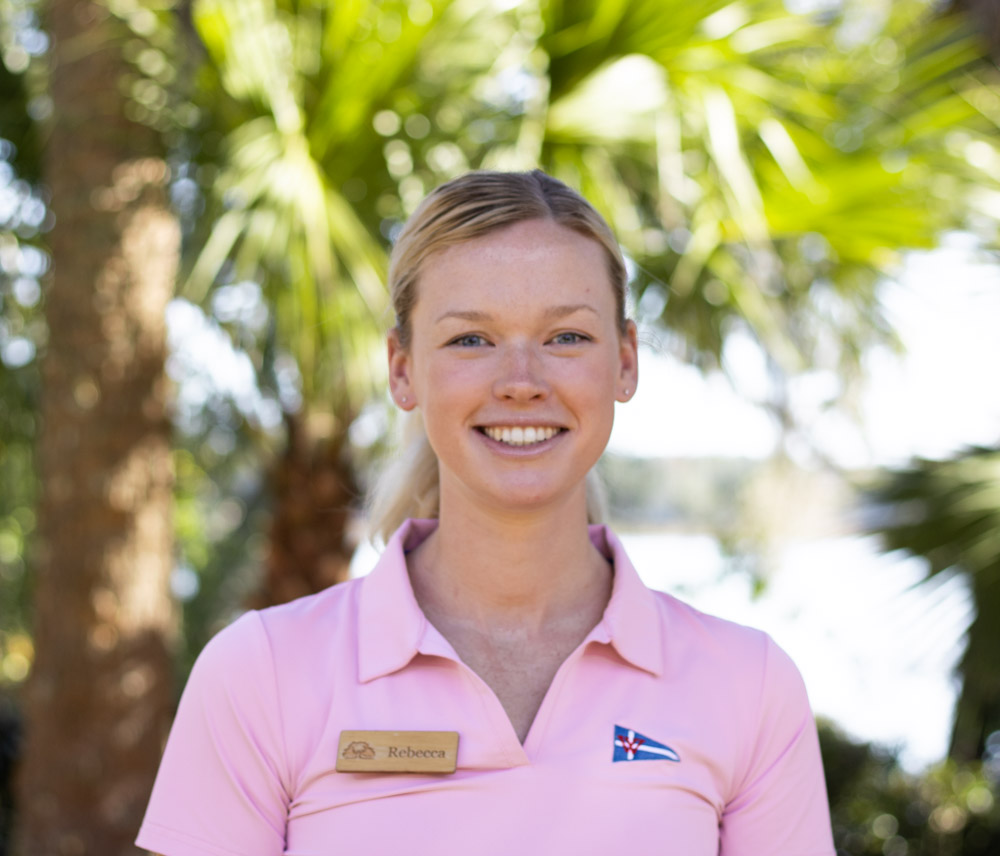
Rebecca’s Journey to Palmetto Bluff For Rebecca McCorkendale, life on the water isn’t just a career—it’s a calling that runs through generations. Growing up on Hog Island, nestled between Hilton Head and Bluffton, Rebecca was raised with salt air in her lungs...
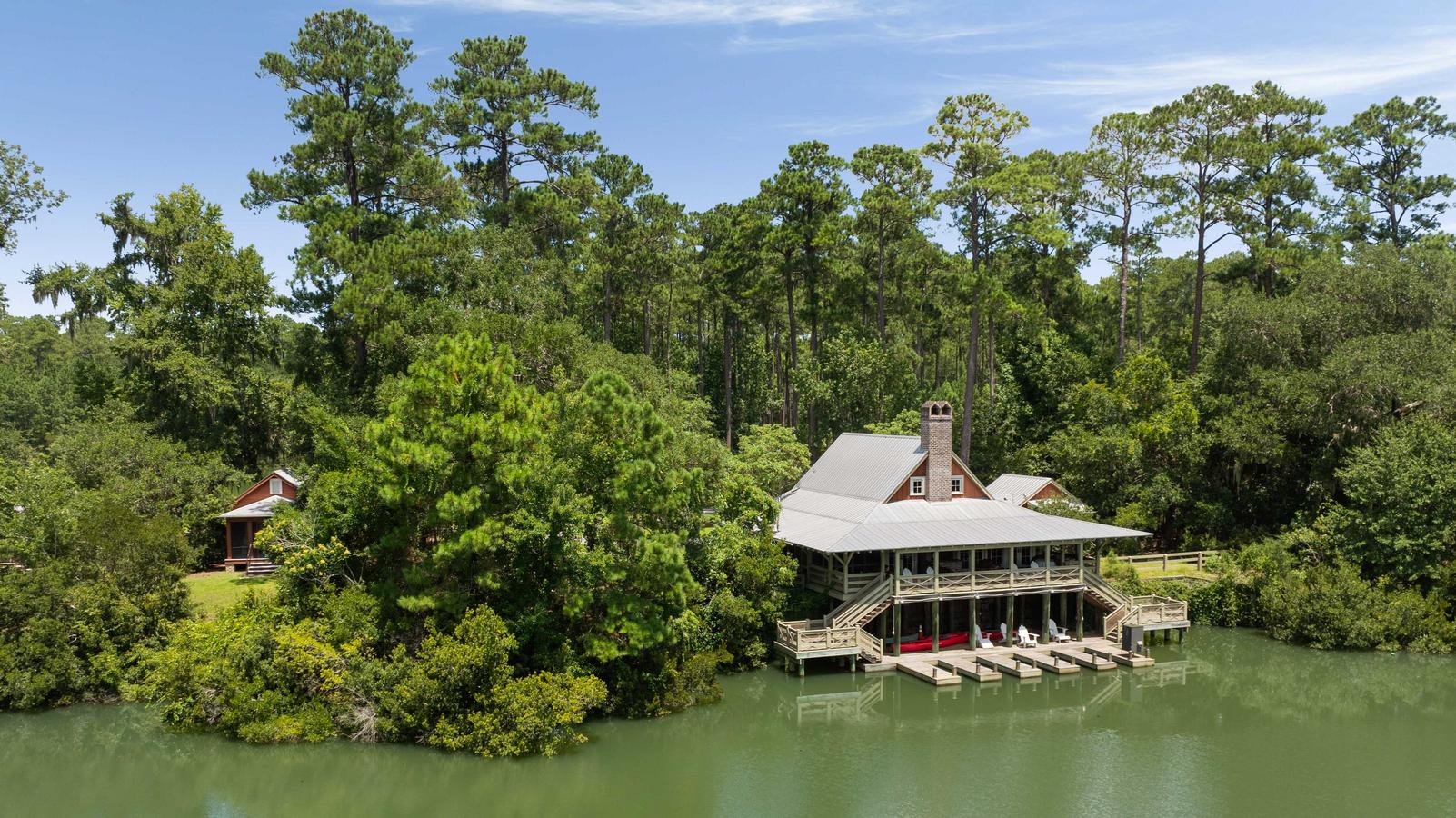
Headwaters Community in Palmetto Bluff Tucked deep within Palmetto Bluff’s untouched maritime forest, Headwaters stands apart as the community’s most private and pristine enclave. With just ten family compounds spread across more than 600 acres of scenic mars...
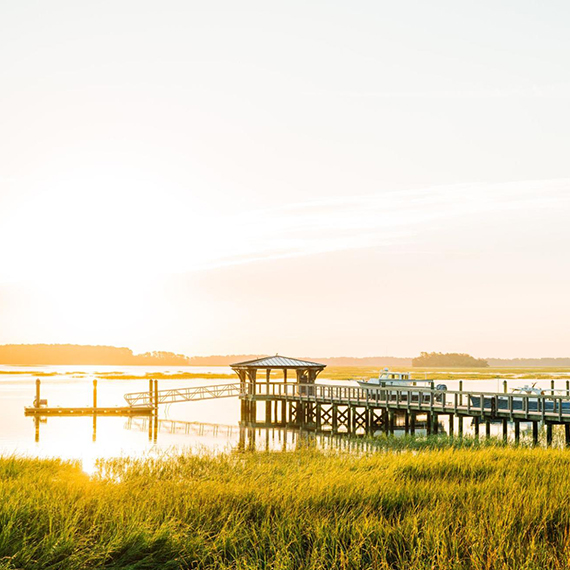
The golden glow of the marshes, the crisp air, and the sense of calm after a busy summer season all make this time of year unforgettable. Whether you’re enjoying the Bluff or exploring the wider coastal region, here are five reasons why fall is when the Lowcou...

David's Journey to Palmetto BluffBorn and raised in Lewisburg, West Virginia, David Johnson’s career path began with a moment of chance. While studying Finance and Economics at Marshall University, he walked into the Greenbrier Sporting Club’s real estate offi...
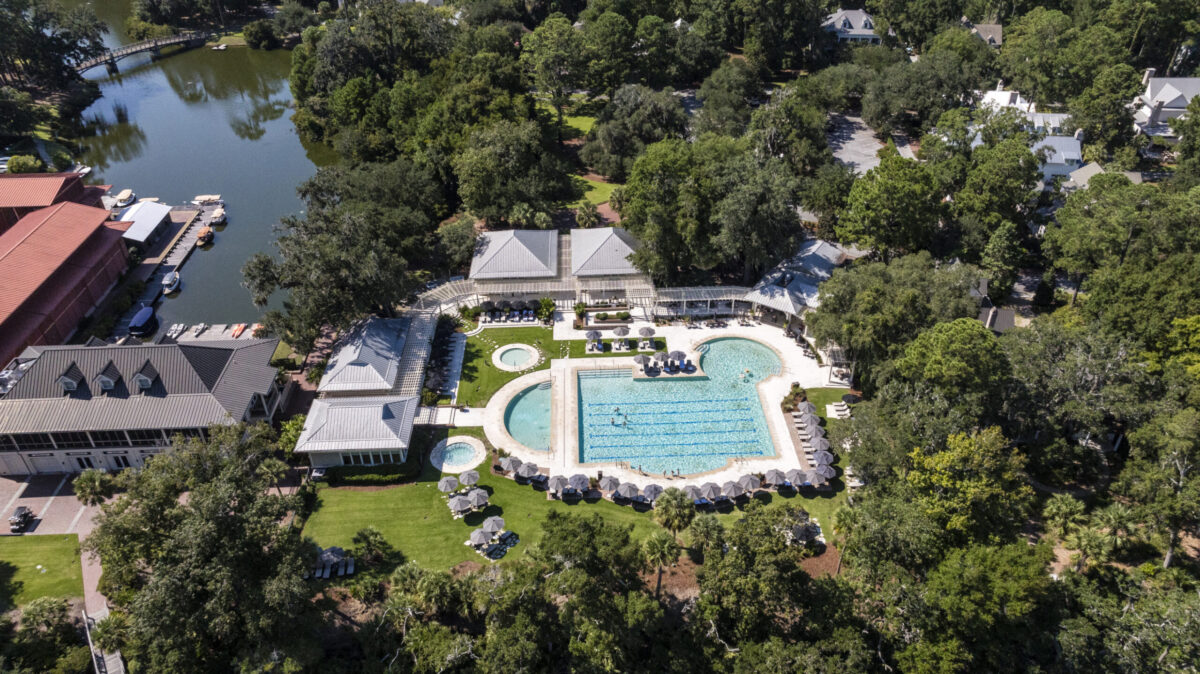
Palmetto Bluff Club: Finding Your Perfect Fit Tucked into the heart of the Lowcountry, Palmetto Bluff is a place where life unfolds at its finest pace—unhurried, connected, and deeply rooted in community. Membership here goes beyond access to world-class...
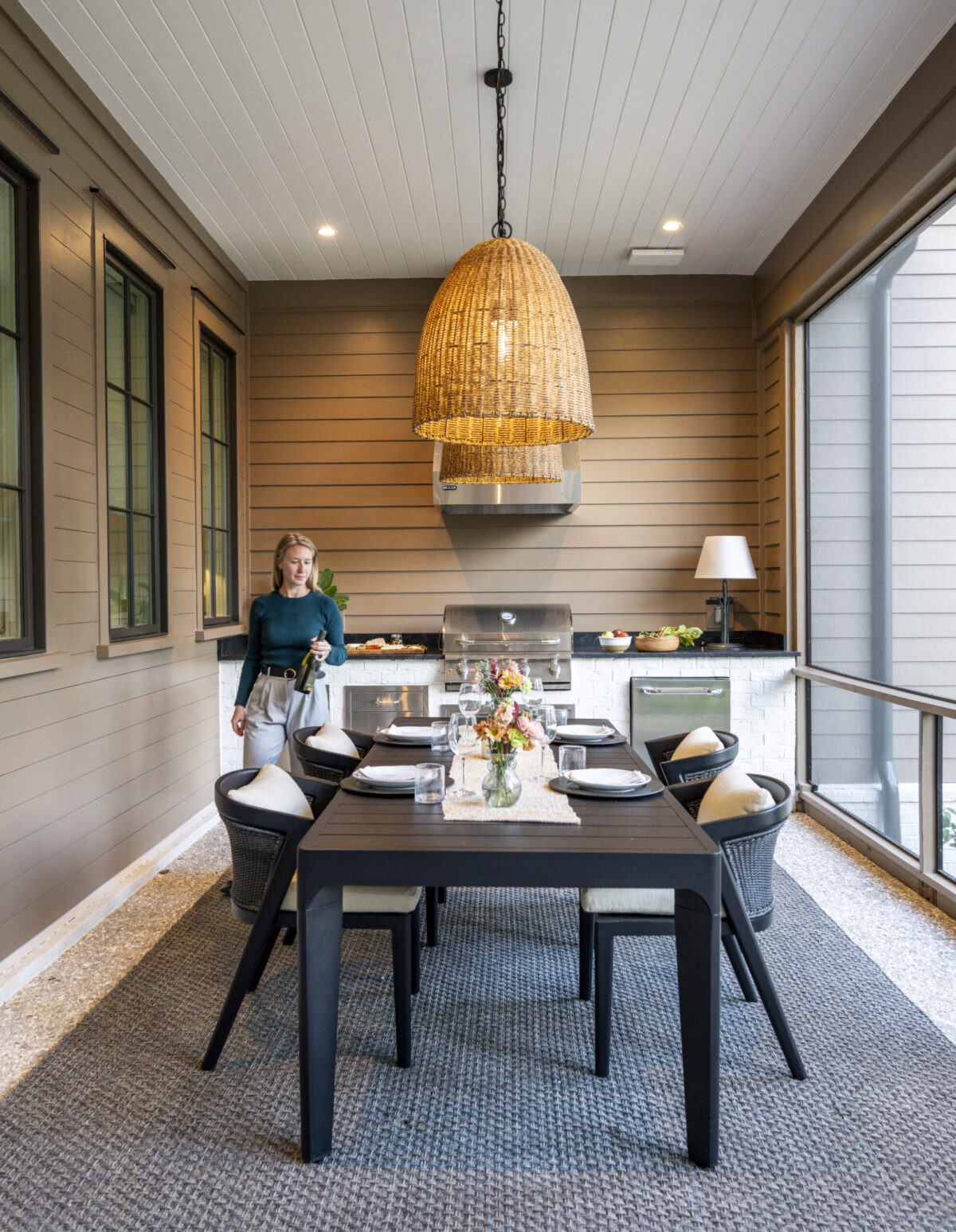
4 Ways to Incorporate Coastal Fall Decor into Your Home in 2025 If you are planning to decorate your home for fall, you might feel limited to warm colors and chilly weather. But if you live on the coast, you can easily incorporate coastal fall décor into your...
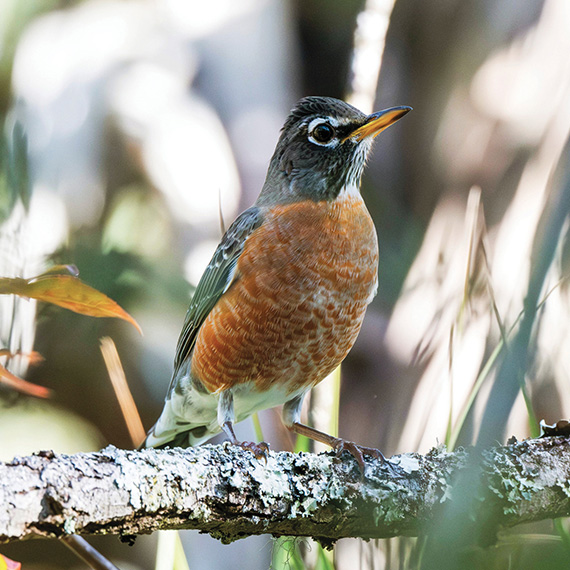
Here in the Lowcountry, the Conservancy brings FeederWatch to life with guided sessions at the Conservancy’s bird feeders. Education and Outreach Manager Aaron Palmieri leads these gatherings, teaching attendees how to identify wintering species, choose the ri...
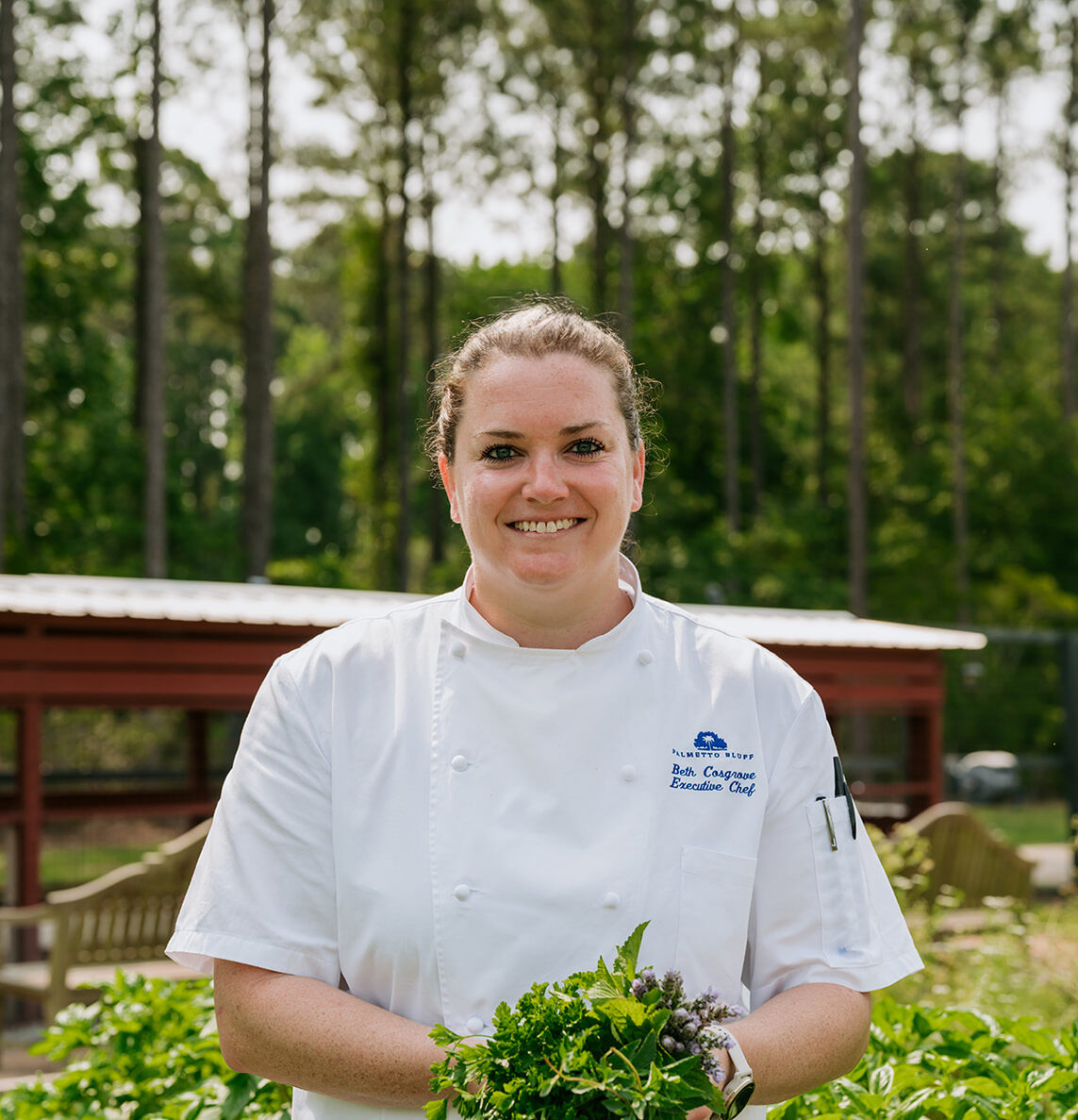
Chef Beth Cosgrove shares her favorite game day dip—with a Southern twist. Ingredients 2 cups cooked sea island red peas, crushed with a fork 1 recipe of pimento cheese dip (recipe below), room temperature 2 cups crème fraiche 1 cup fire-roast...

At Palmetto Bluff, newly built homes are more than residences—they are carefully crafted retreats offering the best of Lowcountry living. Palmetto Bluff Real Estate Co. Agent, Amanda Cutrer, shares the benefits of buying “new” in the Bluff. Builder Support ...
Learn about the Palmetto Bluff Conservancy and how we keep the vision of our land in place.
On land or water, there is an ever-evolving variety of activities.
We do not attempt to independently verify the currency, completeness, accuracy or authenticity of the data contained herein. All area measurements and calculations are approximate and should be independently verified. Data may be subject to transcription and transmission errors. Accordingly, the data is provided on an “as is” “as available” basis only and may not reflect all real estate activity in the market”. © [2023] REsides, Inc. All rights reserved. Certain information contained herein is derived from information, which is the licensed property of, and copyrighted by, REsides, Inc.